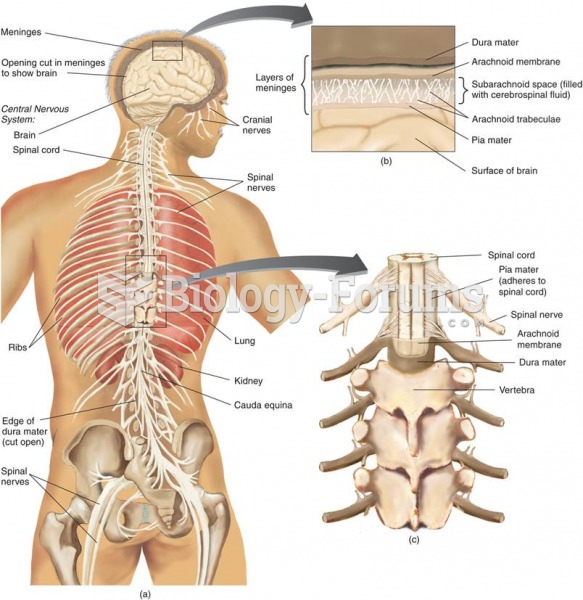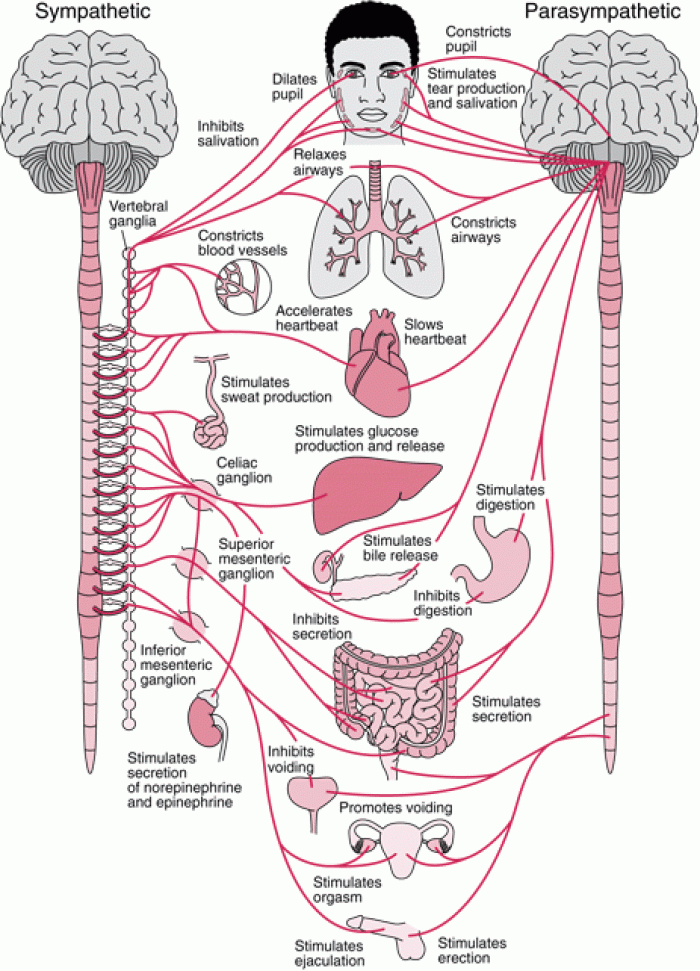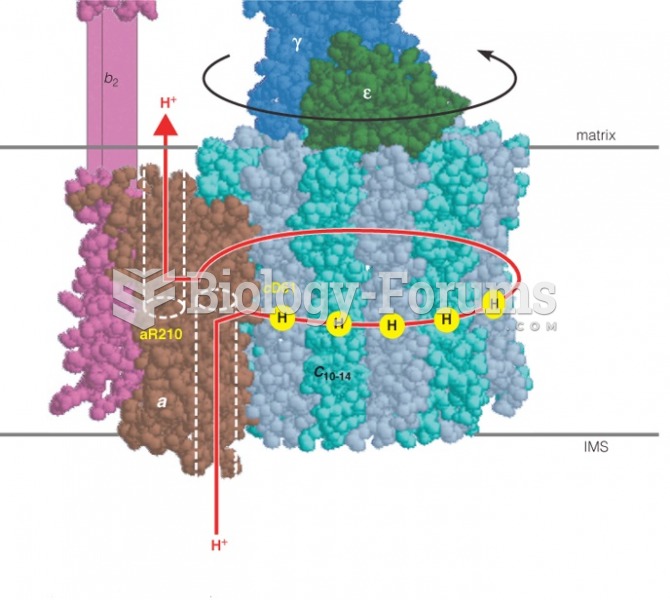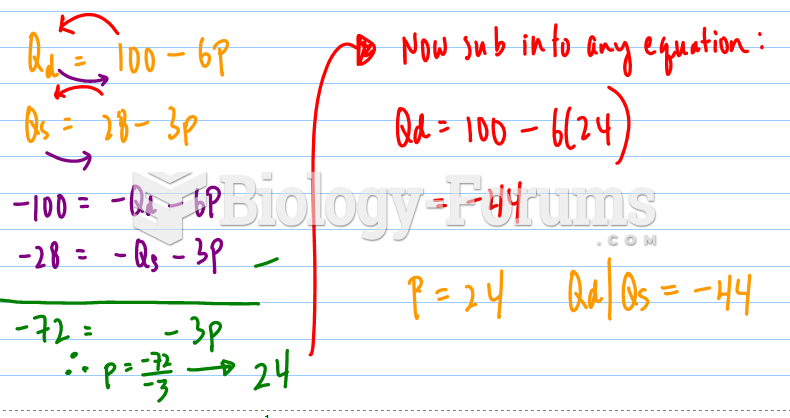Answer to Question 1
The two largest moons, Triton and Nereid, have been a puzzle for years because of their peculiar orbits. Triton has a nearly circular orbit, but it travels retrogradeclockwise as seen from the north. This makes Triton the only large satellite in the Solar System with a backward orbit; all other retrograde satellites are very small. The other Neptunian satellite visible from Earth, Nereid, moves in the prograde direction, but its orbit is highly elliptical and very large. Nereid takes 359.4 days to orbit Neptune once. Triton is so cold (35 K) that it can hold a thin atmosphere. Triton is very efficient at absorbing sunlight. Its thin atmosphere does not dim sunlight, and its crust is composed of ices that are partially transparent to light. As the light penetrates into the ice and is absorbed, it warms the ices. However, the crust is not very transparent to infrared radiation, so the heat is trapped in the ice. So the crust of Triton appears to be heated, in part, by an icy form of the greenhouse effect.
Answer to Question 2
The two largest moons, Triton and Nereid, have been a puzzle for years because of their peculiar orbits. Triton has a nearly circular orbit, but it travels retrogradeclockwise as seen from the north. This makes Triton the only large satellite in the Solar System with a backward orbit; all other retrograde satellites are very small. The other Neptunian satellite visible from Earth, Nereid, moves in the prograde direction, but its orbit is highly elliptical and very large. Nereid takes 359.4 days to orbit Neptune once. Triton is so cold (35 K) that it can hold a thin atmosphere. Triton is very efficient at absorbing sunlight. Its thin atmosphere does not dim sunlight, and its crust is composed of ices that are partially transparent to light. As the light penetrates into the ice and is absorbed, it warms the ices. However, the crust is not very transparent to infrared radiation, so the heat is trapped in the ice. So the crust of Triton appears to be heated, in part, by an icy form of the greenhouse effect.







